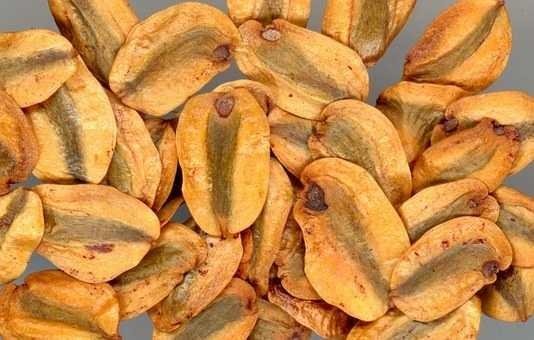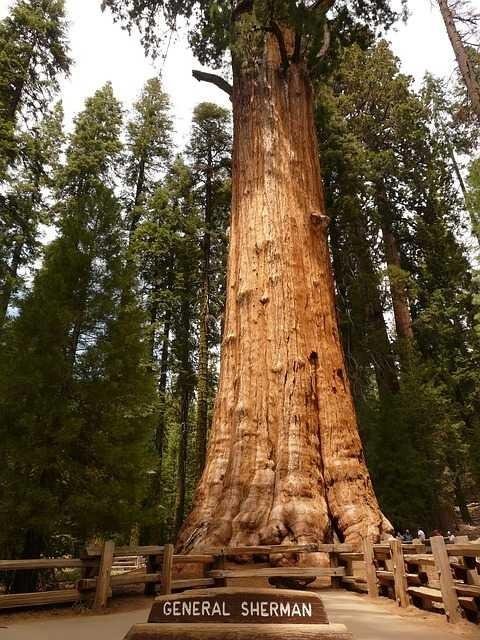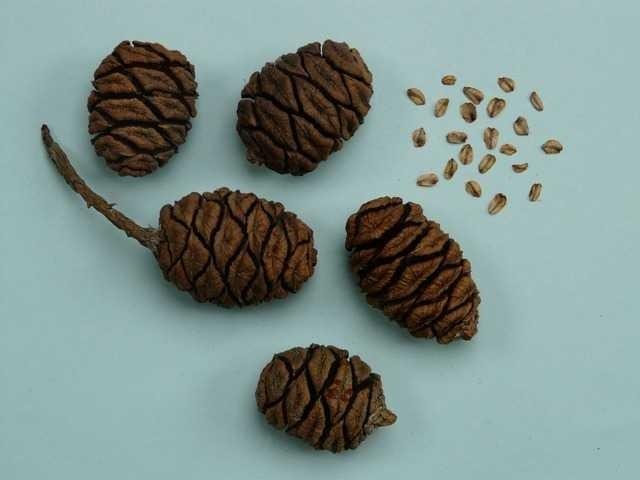When Largest begat miniature: a peep into the plant kingdom.
Likes they say begat likes, but when like begat dislike what can that be called? A paradox or an abnormality?
Paradox seems closer to such a phenomenon.
As huge as Elephants are, having the longest pregnancy period among mammals (nearly two years), once the baby is born you see that it was worth the wait, but what if she gives birth to a baby as small as an egg? Wouldn't that be absurd?
Having been pregnant for nearly two years, something worthwhile should be born. Well, that's exactly what happens in all elephants... Something worthwhile is always born.

CC0 Creative Commons:pixabay
In the case of the Sequoia tree, there is a remarkable difference. Whereby the largest tree in the world gives birth to a miniature seed.
Biography of Sequoia
The tree giant sequoia is Arguably the most massive tree and largest living organism on Earth. Its lifespan is estimated to be about 1800 - 2700 years.
Although it isn't the tallest, widest or most-lived among plants, it is listed among the tallest, widest and most-lived of all living organisms on Earth. Sequoia tree is listed among the fastest growing organisms because of its increase in mass, annually.
Its many features are commendable: It has a height of 87m and above, a width of 34m or more and bole volume of about 1,487 m3.

CC0 Creative Commons:pixabay
Alerce tree is the oldest tree in the world nearly 5,000 years, followed by bristlecone pines, while Giant sequoia is the third oldest tree species.
The Sequoia tree thrives well in the evergreen forest of the Sierra Nevada mountains, California. Some having a base width as wide as a city street and can grow as high as twenty-six story building. Sequoias are adapted to forest fire having a bark (about 3 feet thick) that is fire resistant, fungal rot resistant and boring beetles resistant but with continuous fire outbreak, the seeds and sap can be destroyed.
Although, sometimes this forest fire helps to open up the cones storing the seed and they begin to grow.
Sequoias are hardy due to the presence of tannic acids but their wood is soft and brittles and are not good for lumbering.
Birthing another giant
Reproduction in sequoias can take about 15-20years which may occur sexually or asexually since both male and female occur together in a cone (which eases pollination). At age twelve, young sequoia tree will start producing cones. A single tree can about 10,000 to 30,000 cones.

CC0 Creative Commons:pixabay
There are three means of seed dispersal, which are: Wind, fire, and animals. The wind disperses it around, animals pick it and distribute it along their paths while fire through it hot air helps to break the cone enclosing the seeds. A sequoia will germinate and grow more easily on rocky land with high moisture (say after rainfall or snow) and this germination depends largely on the seeds size (the bigger the better).
Once sequoia seed gets to the ground it must find means of germinating, it has a little dormancy period, or else it won't germinate at all. Also, Sequoia hates competition with other plants. It thrives better when alone, in full sun and in soils rich in mineral.
Sequoia tree as large as it is has little seeds which when planted produces the world's largest tree. So, it can be rightly rephrased as MINIATURE seeds begat the LARGEST tree.
Reference
https://www.treehugger.com/natural-sciences/16-spectacular-facts-about-giant-sequoias.html
http://creationwiki.org/Giant_sequoia
https://thekidshouldseethis.com/post/why-the-giant-sequoia-needs-fire-to-grow
https://en.m.wikipedia.org/wiki/Sequoiadendron_giganteum
https://en.m.wikipedia.org/wiki/List_of_largest_giant_sequoias